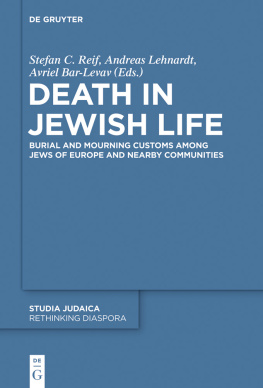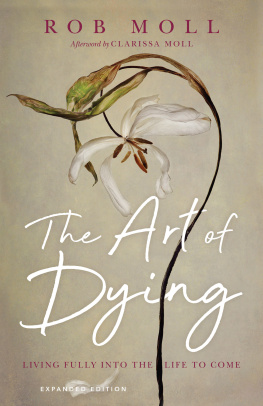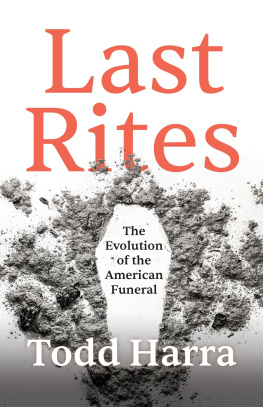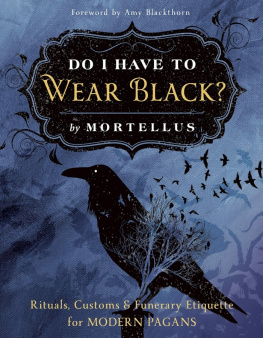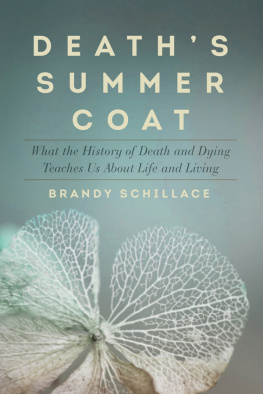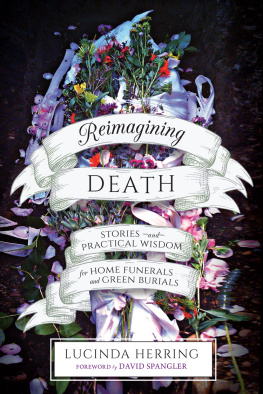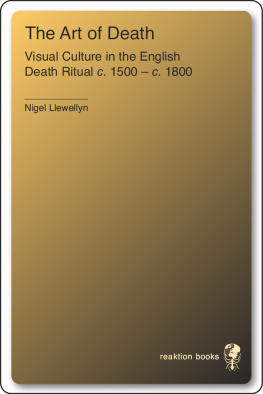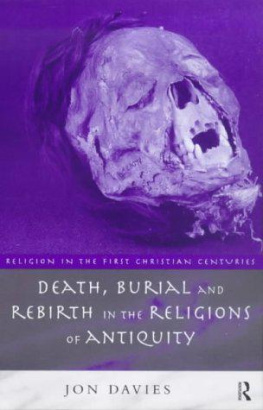
Acknowledgements
For Madison & Jordyn,
Now and Always.
With every new project comes a litany of inevitable obstacles, some seemingly insurmountable. From the birth of the idea, to the numerous outlines, drafts, and never-ending edits, this book has been an absolute labor of love. Without the patience, knowledge, and support of so many, it might never have come to be.
Troy Taylor, my prolific co-author and friend, has continually encouraged and inspired me, despite the many setbacks he has had to guide me through. I could not be more grateful for the breadth of his knowledge or the depth of his dedication. The co-creation of this book has meant a great deal more to me than he will ever realize.
I am fortunate to know and work with yet another amazing author, Rosemary Ellen Guiley. Such a strong and inspiring female presence in my life, she has consistently supported me in my efforts to become a knowledgeable researcher and writer. There are few women like her in the world, and far fewer who have made such a meaningful impact on my professional pursuits.
While my choice in career has often mystified my parents, I would not have had the courage to work as hard as I have to reach my goals without their continued praise and encouragement. I couldnt have asked for more beautiful and loving parents than Brad and Cheri Page, even if I had been able to hand-pick them myself. The path I have chosen has always been fraught with difficulty, but without them, the road set out in front of me would have been quite impossible to travel. I pray they remain as proud of me as I am of them.
To the following individuals, I owe my love and sincere gratitude. They are the individuals who have brought true friendship into my life, and without whom I could never have succeeded in all that I have strived to accomplish. Thank you, Rene Kruse, John Alleman, Anthony and Teirney Armstrong, Matthew and Courtney Lewandowski, Daniel Knauf, Kris Kuksi, Ed Kosary, Wade Burwell, John Melchior, Steve Mangin, Bill Alsing, Tamera Bovyer, Sarah Soderlund, James and Mary Hampton, David C. Cowan, Denver Robbins, Lauren T. Hart, Scotty Roberts, Jerry Bowers, and so many more. I am blessed to know and love such genuinely kind and caring people.
The dead cannot go unmentioned, for they have always been the driving force behind all my creative endeavors. I have such admiration and respect for those who have come and gone before me, and it is my sincere hope that I have always represented them well, with the remembrance and honor they deserve.
Thank you all.
April Slaughter
I wont attempt to compete with the well-written and thoughtful things that April had to say here. Ill simply say thank you to April for all the hard work, care, and diligence that she has put into this book. Its been a pleasure to have her as a friend for so many years and now shes a co-author, too. There are few people who would be insane enough to want to work on a book with me, so Ive been lucky to have this chance. Her passion for the subject matter inspired me to want to deliver her the best material that I could, and I hope it all turned out the way that she wanted. Its been a long, strange trip but Im proud to put this book in the readers hands with both of our names on the cover.
I also want to say thank you to my partner (and co-author) Lisa Taylor Horton for helping me to keep this project moving and making sure that the words that came out of my head were corrected before they made it onto paper. Not many people would dare to dig around in this overcrowded brain to make sure that happened, so thank you!
Thanks also to the usual suspects: Rene Kruse, Rachael Horath, Elyse and Thomas Reihner, John Winterbauer, Kaylan Schardan, Len Adams, Luke Naliborski, Steve Mangin, Mary DeLong, Julie Warren, Julie Ringering, Sandy Guire, Bill Alsing, Dave Goodwin, Cody Beck, Chris and Robyn Waterston, Maggie Walsh, and Lux Eisley.
Thanks!
Troy Taylor
Introduction
There has always existed some measure of connection and disconnection between the living and the dead, but in delving into the annals of American history, it is apparent that we began as a nation both terrified and unified by death and have evolved into a culture largely in denial of it. When it occurs, we submit ourselves (as well as our dead) to routines defined as necessary by the thriving business that death has become... and it is a business.
Presently, dealing with the dead is a duty we most commonly assign to strangers, but it wasn't always so. Caring for and preparing a deceased loved one prior to burial was once a familial responsibility; one that many today would find repugnant. Traditions that once held emotional significance for the bereaved are now seen as macabre reminders of the reality of death.
Take, for instance, the late nineteenth century photograph of a young boy, eyes wide, hands placed neatly on his lap (cover image.) At first glance, it is an unremarkable and even somewhat pleasant image. Upon closer inspection, however, there is apparent lividity - or discoloration - of the childs hands. When I first obtained this photograph, my initial thought was that it was taken posthumously, as such discoloration is common among the recently deceased, but I could not be sure without a professional opinion. Having long been a fan of Stanley B. Burns, M.D. and his various publications on postmortem photography, I sought his expertise. Dr. Burns was kind enough to respond and confirm that this picture was indeed an authentic postmortem image.
Your first question might be why anyone would want such a photograph, or why this child was posed to appear alive and well. While a much more detailed explanation of the practice is included in the later chapters of this book, I will tell you that this image - as well as thousands of others like it - once brought some measure of peace to those who possessed it. These photographs were often the only visual representation a family had of those theyd loved and lost.
Put yourself in your ancestors shoes and imagine being a family of limited means that did not have easy access to an expensive process like photography. Family photos especially photos of children were not seen as a priority. But when your child dies unexpectedly, a postmortem photograph would be the only chance that you might have to capture their likeness and keep a memento of their life. These photos were never meant to be macabre they are another example of how life in America existed hand-in-hand with death.
Several times in this book, we will mention that the people of Americas past had death as a next-door neighbor. In hindsight, after all the writing was completed, this statement may not have been totally accurate. It might be more precise to say that death was a lodger in our ancestors home, perhaps renting out a back bedroom as a necessary but unwelcomepart of daily life.
Adults and children died young. Life expectancy was short. Death came easily on the streets, the highways, on farms, in factories, mills, and mines, and from diseases that are easily treated today. Unlike now, people expected to die. They saw family and friends perish at a young age and simply assumed they would be next. In many cases, they were right, and they learned to accept this outcome because they had been exposed to death for their entire existence. Children watched and participated in the rituals of death, from washing a corpse with water from the kitchen sink to sitting up next to the body when it was laid out in the parlor.
Americans of the past were connected to death.
Today, a very large percentage of Americans especially children have never seen a dead body. If they have, it was likely in the sterile conditions of a hospital or after being carefully prepared for viewing by representatives from the local funeral establishment. Our society knows little about the subject of death because most of us have never been exposed to it. We dont understand the traditions of the past or how our ancestors coped with an inevitable situation from which they could not escape. We have been disconnected from the final thing that makes us all human. And for that reason, we believe that this makes our experience here on Earth less fulfilling that it could be. How do we enjoy every second of the life that we have if we dont possess an understanding of what it means when its all over?
Next page


